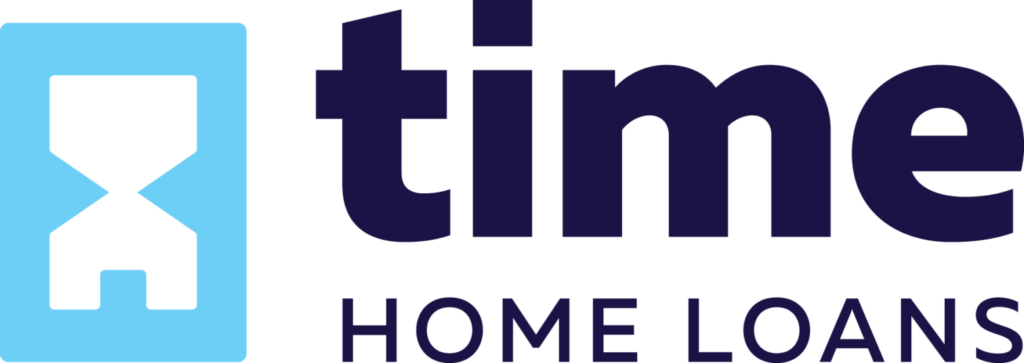
Variable Home Loans
Interest rates will move up and down depending on factors such as the official cash rate, market conditions and each lender’s decisioning. When interest rates go down, so will your minimum repayments. But when the rates go up, that means your payments will too.
The pros of a variable rate are:
- Repayment flexibility: Variable rate loans allow for a wider range of repayment options, including the ability to pay off your loan faster without typically incurring any break costs. Some variable rate loans also offer features like offset accounts or redraw facilities that work to reduce the loan balance you pay interest on, while still allowing you to access surplus funds.
- Easier to refinance: If you find a better deal elsewhere, it’s normally easier to switch to a different lender or home loan product if you’re on a variable rate, without attracting break costs.
- You stand to pay less if rates fall: Lenders may cut rates for a variety of reasons, mainly in response to reduced funding costs. If you’re on a variable rate, this means you’ll reap the benefits of lower repayments

The cons of a variable rate are:
- You stand to pay more if rates rise: Lenders can change a variable interest rate at any time. For borrowers, this means their rate is likely to fluctuate over the life of their loan. If your bank raises rates, your repayments will also rise.
- Cash flow uncertainty: Because rates can change at any time, it is not as easy for you to predict your mortgage repayments over the long term with a variable rate. This inevitably means a variable loan requires more flexibility from the borrower. Making use of loan features including offsets and redraw facilities can help smooth out cash flow concerns, should unexpected events arise.

